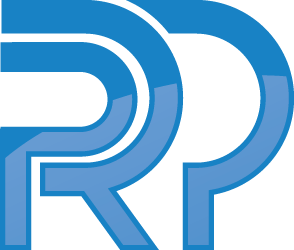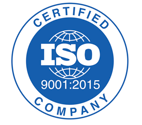With the release of the latest ISO 13485 version in March of 2016, Quality Management Systems (QMS) became a primary focus within the medical device industry. Manufacturers scrambled to conduct gap assessments and implement enhancements to ensure compliance with all aspects of this new guidance within mandated timelines. Now that many companies have completed their implementations, it is prudent for stakeholders to take a step back and assess whether they are truly maximizing the potential benefits from their QMS.
ASQ defines a QMS as “a formal system that documents the structure, processes, roles, responsibilities and procedures required to achieve effective quality management.” However, if you are viewing your QMS solely through a lens of rule-based compliance, you are likely not taking full advantage of everything it can offer you. Of course compliance is paramount, but maximizing the efficiency and effectiveness of your system beyond compliance is the next step. Here are five recommendations to achieve that:
- Ensure you have properly trained resources, whether internal or external, to produce effective technical writing. While subject matter experts possess vast knowledge, they often struggle to document that knowledge in a clear, understandable, and concise manner. Consider training your staff on the proper writing techniques and styles best suited for quality documents, or look into engaging professional technical writers. There is an art to writing an SOP, and typically only those with the proper training and credentials have mastered it. Poorly written documents will result in confusion, inefficiency, and unnecessary errors.
- Confirm you have the sufficient governance and leadership for your QMS. Many companies invested substantial resources in their initial implementation of ISO 13485:2016. Without effective ongoing governance, the commitment and attention to detail from company leadership can tend to fade over time, which is a dangerous, and potentially very costly, trend. A successful initial implementation of your QMS is worthy of celebration, but it is critical for companies not to lose focus afterwards. Continuous and diligent monitoring of all aspects of your QMS is an absolute must to ensure necessary modifications are made, and quality is never compromised.
- Incorporate reasonable flexibility within your QMS, with the recognition that often “one size does not fit all”. For example, use your QMS to track and analyze supplier performance data to allow for a risk-based approach in evaluation of these partners. Meaningful data can allow for varied approaches where you may grant more independence to your most reliable, and higher-performing suppliers, while more closely scrutinizing and inspecting your newer, less-proven suppliers.
- Develop a hierarchy for your documentation. Each type of document should be clearly defined as to its purpose and the type of information it should contain. For example, an SOP may play a specific role in your organization, while a Work Instruction is likely utilized for an entirely different purpose. Ensure that differentiation between each document type is clear and understood by all relevant parties to not only avoid duplication of effort, but more importantly, to avoid contradictory guidance which could have drastic consequences.
- Establish Key Performance Indicators (KPIs) which are formally presented and analyzed at regular intervals so that you have a mechanism in place to consistently monitor effectiveness of the QMS and implement enhancements. Some of the more common KPIs and measurement methods involve the following:
- Product quality - defect rates
- Customer satisfaction - surveys and complaint logs
- Quality compliance - audit/inspection findings and non-conformities
- Process efficiencies - cycle times
- Continuous improvement - the number of improvements made to existing processes
- Cost savings - quantification of the financial impact from quality issues/defects and rework
Are you interested in learning more?



